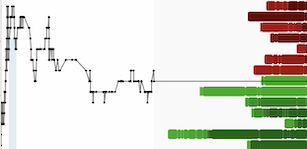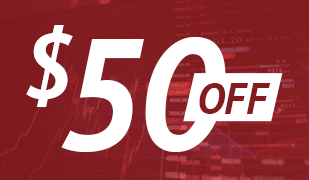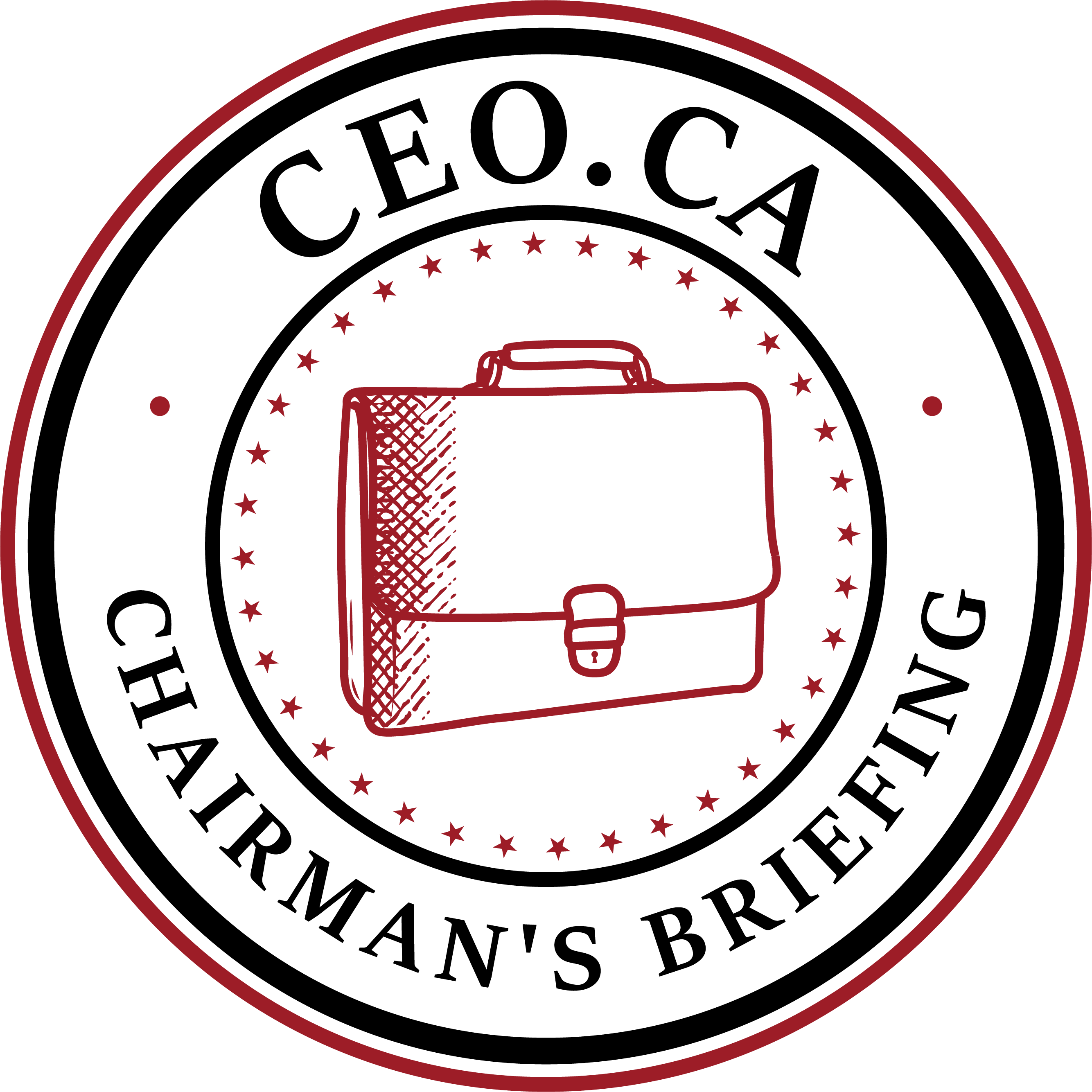As the week wraps up, it’s about time to look back and see what went down. The U.S. President imposed hefty tariffs on all countries, then cranked them up even more for China. After all that, he authorized a 90-day pause — excluding China — and introduced significantly reduced reciprocal tariffs during this period. With Mr. President shifting his tariff stance every other day, the markets were thrown into wild swings.
The S&P 500 skyrocketed, jumping 9.5% in its best single-day performance since the 2008 financial crisis. The Nasdaq Composite went even further, surging 12.1%, its biggest gain since 2001. The Dow Jones index soared by 2,962.86 points on Wednesday after President Trump rocked the market with a single post. The reciprocal tariffs were gone — except for China — but investors didn’t seem to care. Everything suddenly looked like a sale, and buying pressure took over.
So what exactly took off on Wednesday? You probably don’t have enough screens to track every chart that spiked. The biggest winners were the companies that had been hit hardest by fears of crushing tariffs cutting into revenue and profits.
Apple stock jumped 15% for its best day since 1998, adding some $450 billion in market value in less than eight hours. The rally pushed Apple back over the $3 trillion mark, with shares closing at $198.55. The surge also knocked Microsoft out of the top spot of the world’s biggest company. Still, Microsoft had a stellar day too, closing up 10% to $390.49 per share.
But did anything fundamentally change for Apple? Actually, yes — just not in a good way. Still, investors weren’t about to let that ruin a good buying opportunity.
Tesla, meanwhile, surged 22%, its best day in 12 years. Elon Musk’s company added nearly $200 billion in market cap, ending the day at $852 billion, or $272.20 per share.
Even though Tesla’s fundamentals are still under scrutiny — slowing demand, rising competition, and Elon Musk’s unpredictable behavior — the rally proved the stock still has meme-like momentum when macroeconomic conditions tilt in its favor.
But like most meme rallies, it didn’t last long. The mood shifted fast — from “we’re so back” to “it’s so over”. Just a day after traders celebrated Trump’s 90-day tariff pause (except for China) stock indices dropped. Turns out that the “except for China” clause may not have gone over so well — China is a major exporter to the U.S., and nearly all tech giants depend on it for their supply chains.
In this light, all Magnificent Seven members took a dive, with Tesla leading the plunge. The EV maker’s stock slid 7.3% on Thursday, giving back about a third of the gains from the day before. Elsewhere, the S&P 500 fell 3.4% on Thursday, wiping out one-third of its previous gains.
Fears of a renewed trade war were back in full force as the White House revealed that China is facing a total tariff rate of 145%. And Trump wasn’t done yet — he continued calling out other countries for what he sees as unfair trade practices against the U.S.



